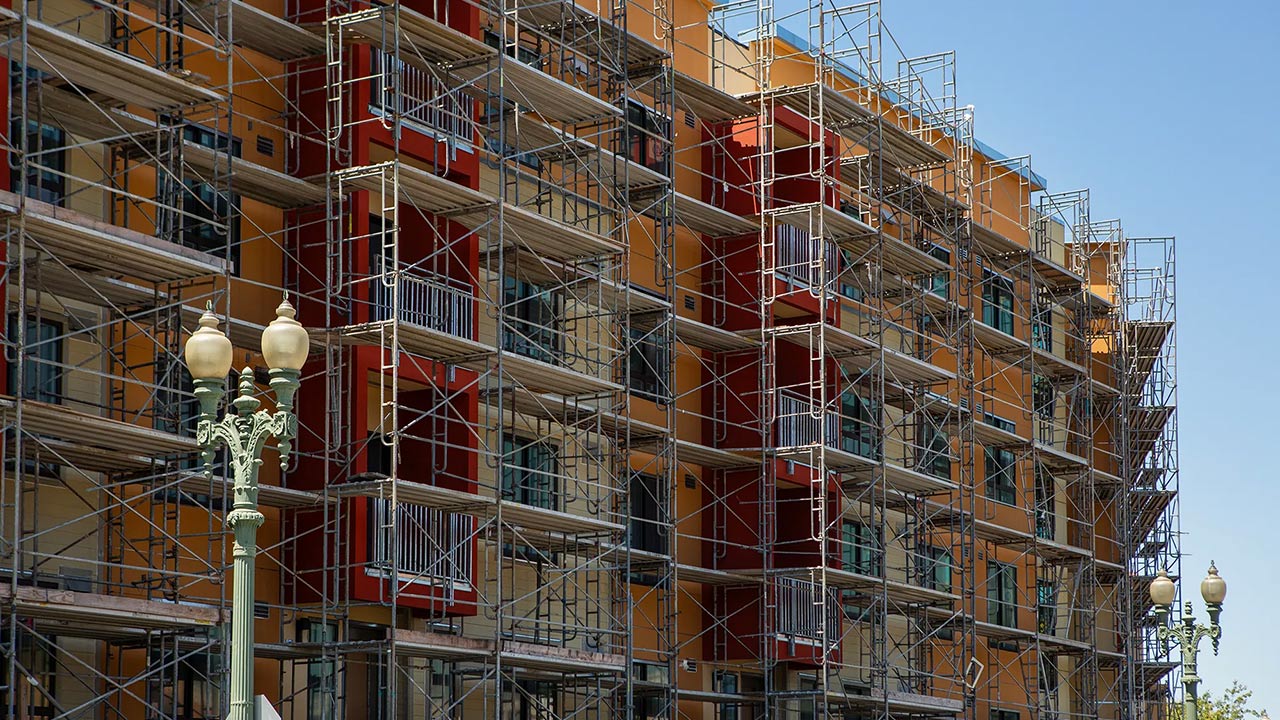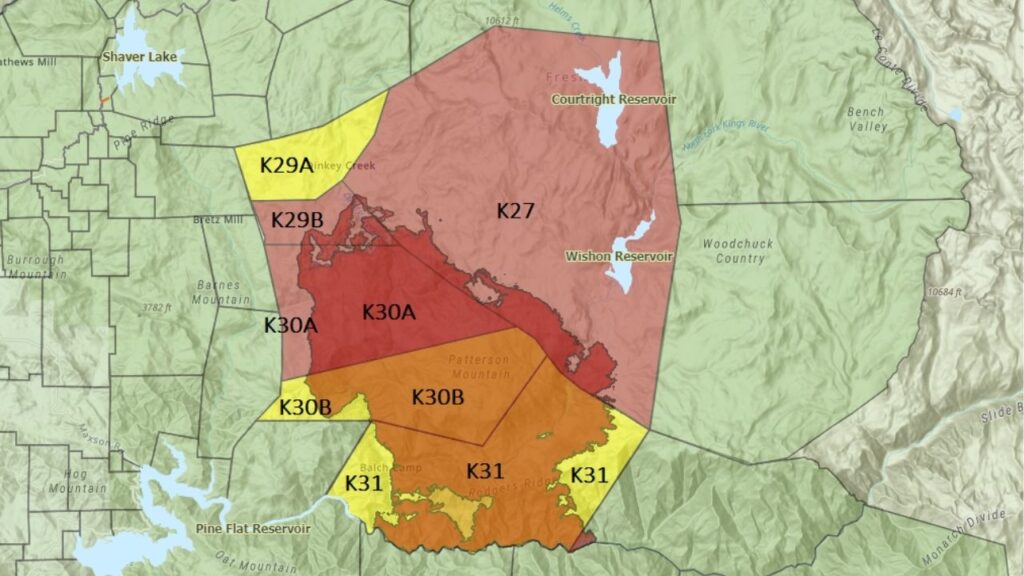California’s perpetual political war over housing, pitting the state against local communities, has two new battlegrounds: one on the San Francisco Peninsula, the other in Southern California. (CalMatters/Semantha Norris)

- California's ongoing housing battle pits state laws against local desires.
- State officials push for housing development, but are met with resistance from many communities.
- Portola Valley faces decertification for failing to meet state housing quotas.
Share
|
Getting your Trinity Audio player ready...
|
At least once a month a new front opens in California’s political guerrilla war between state and local officials over housing.

Dan Walters
CalMatters
Opinion
The Legislature and Gov. Gavin Newsom have issued a steady stream of laws and regulations aimed at forcing the state’s nearly 500 cities to embrace housing development, particularly apartments for low-income families.
Communities that shun such housing, saying it degrades the bucolic ambience of their neighborhoods, respond by dragging their feet, challenging the state’s authority in court or fashioning new barriers. The state counters with threats to cut off funds for public works, more laws that supersede local land use authority, and threats of lawsuits.
Two such clashes have surfaced in recent weeks: one involving Portola Valley, a very affluent village on the San Francisco Peninsula, the other a coalition of cities governed by their own charters, rather than state law.
In January, Portola Valley became one of the first Bay Area communities to have its “housing element” — a plan for meeting housing quotas — approved by the state Department of Housing and Community Development.
By late March, Portola Valley became the first California city to have its housing element decertified. State officials said the town’s council had failed to make the necessary changes in zoning to accommodate the 253 housing units in its quota.
Portola Valley’s wealthy residents and officials obviously don’t want affordable apartments that would alter its rustic atmosphere, but if they continue to stall they run the risk of triggering the so-called “builder’s remedy,” under which projects could proceed without local approval.
Related Story: Infill Builder Gets City & County to Agree to Share Tax Revenue. New ...
Portola Valley officialdom says it intends to comply with the state’s demands, but it’s still uncertain whether apartments will actually be built, given land costs and other financial hurdles. Moreover, many neighborhoods have homeowner associations that impose their own rules on what can be built and could try to thwart multi-family projects.
Judge: Charter Cities Exempt From Some State Housing Laws
The second battleground is the Los Angeles County Superior Court where Judge Curtis Kin ruled this month that one of the Legislature’s most powerful laws aimed at forcing cities to accept more housing does not apply to cities with their own charters.
Senate Bill 9, passed in 2021, effectively ended single-family zoning in California, allowing up to four units of housing to be built on a residential parcel. Five charter cities in Southern California – Redondo Beach, Carson, Torrance, Whittier and Del Mar – joined forces to sue the state, contending that the law does not apply to them.
Judge Kin agreed, ruling that while SB 9 purports to encourage housing affordable to low- and moderate-income families, it does not specifically limit its impact to that category and therefore cannot supersede land use powers of charter cities.
“Because the provisions of SB 9 are not reasonably related and sufficiently narrowly tailored to the explicit stated purpose of that legislation — namely, to ensure access to affordable housing — SB 9 cannot stand,” Kin wrote.
Related Story: Campaign to Build New California City Submits Signatures to Get on November ...
While California has nearly 500 incorporated cities, most operate as “general law” municipalities governed by state law, but about a quarter of them, mostly larger cities such as Los Angeles, San Diego and Fresno, have their own charters. State laws, such as SB 9, can be applied to them only if the state declares a specific and overriding purpose.
The state could — and probably will — appeal Kin’s ruling, but the Legislature could also refine the law to make it more specific, either limiting its impact to low-income projects or changing its stated purpose to increase all kinds of housing.
It’s, therefore, likely that the cities that sued and other charter cities will only temporarily benefit, if at all, from Kin’s ruling. It’s just another skirmish in the never-ending war.
About the Author
Dan Walters has been a journalist for nearly 60 years, spending all but a few of those years working for California newspapers. He began his professional career in 1960, at age 16, at the Humboldt Times. CalMatters is a public interest journalism venture committed to explaining how California’s state Capitol works and why it matters. For more columns by Dan Walters, go to calmatters.org/commentary.
Make Your Voice Heard
GV Wire encourages vigorous debate from people and organizations on local, state, and national issues. Submit your op-ed to bmcewen@gvwire.com for consideration.


















